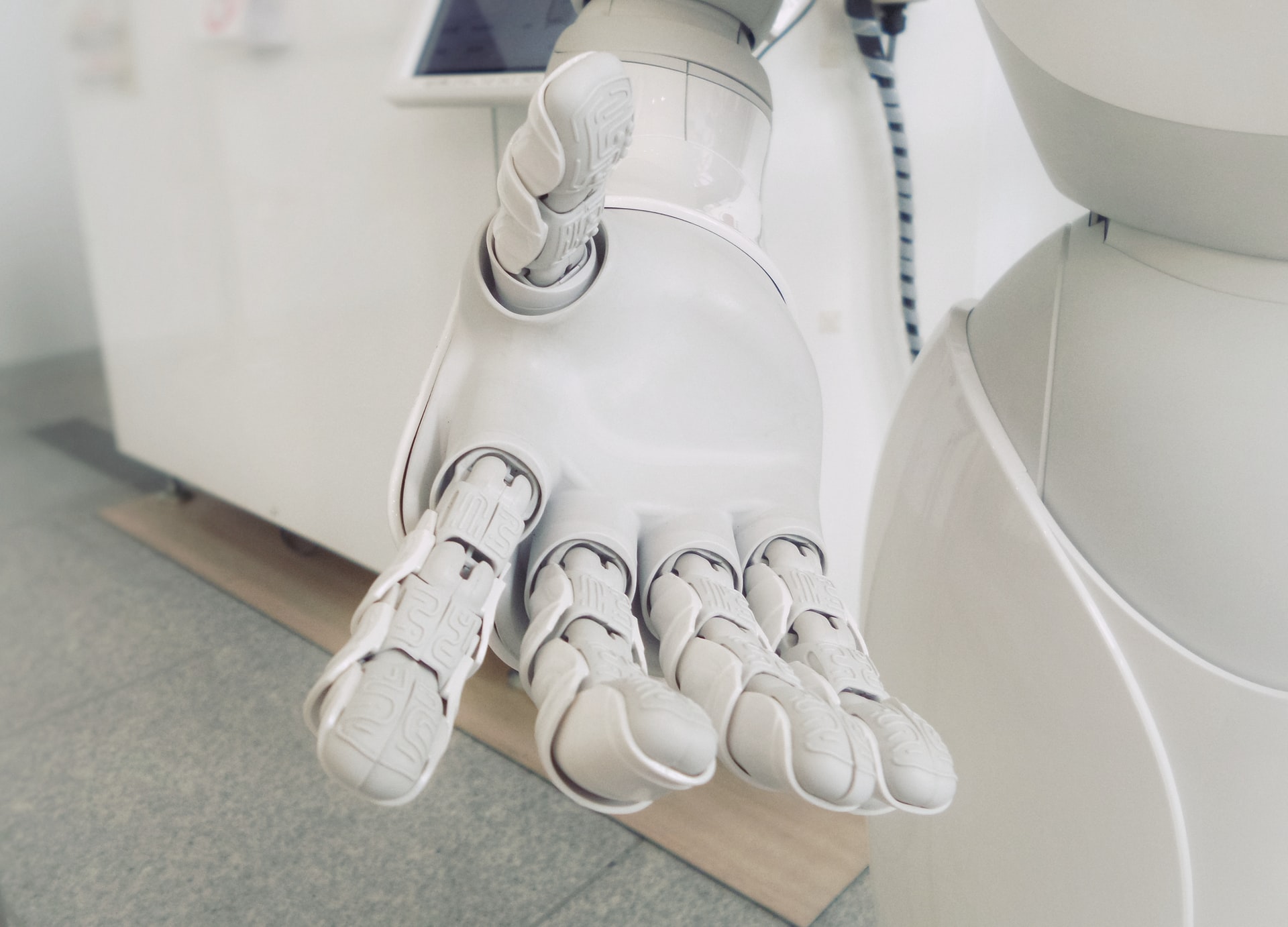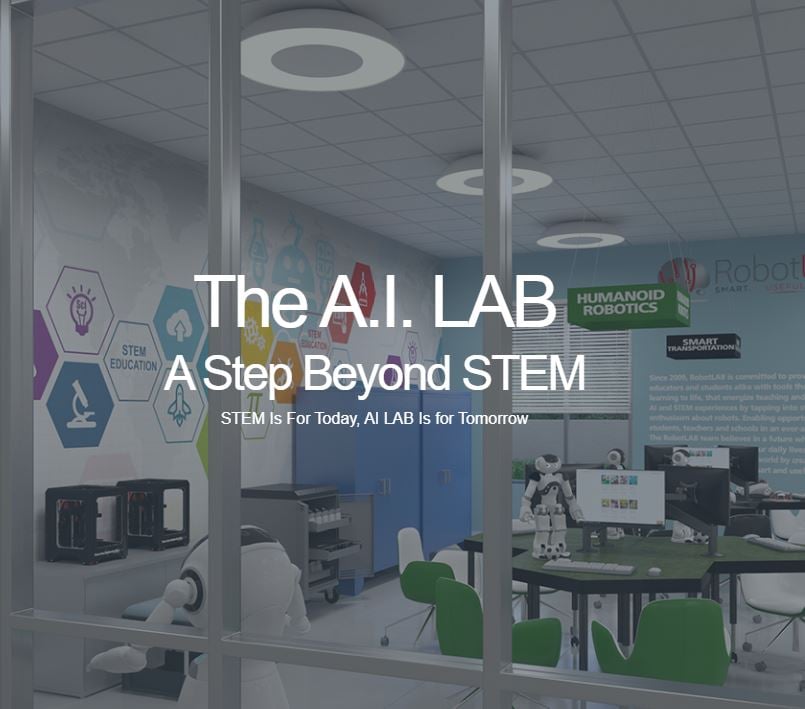By Hosni Zaouali, CEO & Chief Innovation Designer, Tech-AdaptiKa
 Photo by Possessed Photography on Unsplash
Photo by Possessed Photography on Unsplash
AI has incredible potential, but it will work best when the human element remains
Artificial intelligence will accelerate the evolution of teaching and learning. Overall, AI should allow students to get personalized instruction and teachers to have more free time to prepare classes and update their information.
While it’s still too early to evaluate the extent of the change in the quality and scope of instruction that AI might achieve, what is certain is that it will cause a revolution. That is because educational systems around the world remain rooted in the foundations established in the 1800s. Most of all, AI will crush the idea that all students must learn in the same place, in the same way, and at the same speed.
Kai-fu Lee, an AI expert, has described the current education system as an “educational assembly line,” in which children advance from class to class without paying too much attention to differences in terms of learning, personal preferences, and abilities.
The role of AI will be to trigger a veritable revolution of the very idea of what constitutes education.
To better grasp the depth of this revolution, consider that for more than three thousand years, ships traveling in the Mediterranean were propelled by human power, transmitted to the water by oars, or by the wind, playing with sails. And it took weeks for trade to move from North Africa to Rome, or from Alexandria to Crete. The invention of the steam engine changed all that. Trips that took weeks now took days, becoming safer and cheaper. And steam power allowed for powers like Great Britain, Germany or even the United States, which did not have a shore on the Mediterranean, to dominate that region, dealing a fatal economic blow to the peoples who had thrived thanks to the land routes to China, such as the Silk Road.
AI will be to education in the 21st century what steam power was to international trade and the projection of sovereign power in the 19th century.
The traditional, and current, approach to education, despite progressive variants such as the no-homework method that Finland adopted, has reached the end of its evolutionary process. Only an epochal shift can follow. That’s because the ‘education system’ featuring teaching and learning requires scarce resources that include time, space, or real estate and attention spans, which when not long enough, create a ‘leak’ in the system.
AI allows for teachers to alter their teaching, adjusting it to address the learning style and speed of each individual student. It is the notion of ‘one education for all, and at the same time’ that AI will change. Students, from the better to the worse, will have a much better chance of getting the attention they need, and just the right amount of time–tailored individually–to learn more efficiently. And ‘efficiency’ here means learning faster and retaining more information.
As Kai-fu Lee imagines, education ‘delivered’ through artificial intelligence, which changes the way students and teachers related to each other in matters of teaching, homework, and support, will allow for algorithms to analyze performance and allow practitioners to monitor the strengths and weaknesses of each individual student on a database. That database generates an individual student profile, which can be used to understand a student’s learning process and where to act to improve it from attention span to specific subject difficulties and which incentives stimulate the most. In other words, AI’s potential to revolutionize education, and to do so quickly and easily, is in its capacity to enhance rather than disrupt. It can be used to complement and vastly improve traditional methods of education. Traditional lessons can be given online while another teacher applies AI to ensure that more students absorb more information, more of the time whether remotely or in the classroom. Such a system allows for the almost simultaneous introduction of new material and the measurement of students’ ability to absorb new concepts, allowing teachers to overcome obstacles quickly. Ultimately, this level of monitoring may allow for exams and tests to follow the Dodo into extinction.
This is not science-fiction. It’s already happening in China, where educators have even been monitoring students’ posture during class to target such impediments as boredom or the lack of attention. AI can simply allow educators, for the first time, to generate a complete student profile, which can help determine what they’re learning and what they’re not learning well enough such that help can be provided to fill the gaps. Teachers can confidently allow students who have thoroughly absorbed the basic concepts of a new unit to move ahead and focus on more advanced problems, while others will have the chance to go over material they have not yet fully grasped. And by making education more individualistic, in that sense, AI does a service to society at large by ensuring that governments’ considerable tax-payer funded investments in education produce a better outcome, one that parents will appreciate as much as teachers. Indeed, parents will have a more complex and less biased feedback about how their kids are performing in school.
And that becomes essential in distance education. In fact, AI makes it easier for institutions to offer remote advanced education programs, including university level courses ‘democratizing’ access to the best education regardless of where students might live–provided they have access to adequate internet or mobile data. Certainly, AI also has a non-human component–that is, the teachers don’t have to be humans: AI can be the new professors for some courses.
Nevertheless, like all revolutionary technologies, there are costs. The steam ship, and later the diesel-powered ship, introduced new pollutants into the air and the sea. AI, even if it has a human face or a human practitioner, can–in the effort to personalize a student’s education–also depersonalize it, removing a human element. Is it a good idea to rely on algorithms, whose pervasive use in social media has already raised Orwellian concerns, instead of a teacher’s judgment? And what problems, in terms of but not limited to privacy, raises the use of facial recognition in classrooms?
Ultimately there will have to be some form of compromise. However sophisticated and convenient new technologies may be, they work best when they do not get in the way of social relationships, which remains the fundamental aspect of what it means to be human. And despite all individuals’ quest for knowledge or understanding of the world, there is the human need to belong and share experiences. Therefore, while artificial intelligence does enable the personalization of learning, to be successful on a large scale, it needs to be applied in education in such a way that an important human element remains.
Discover more about AI with RobotLAB

